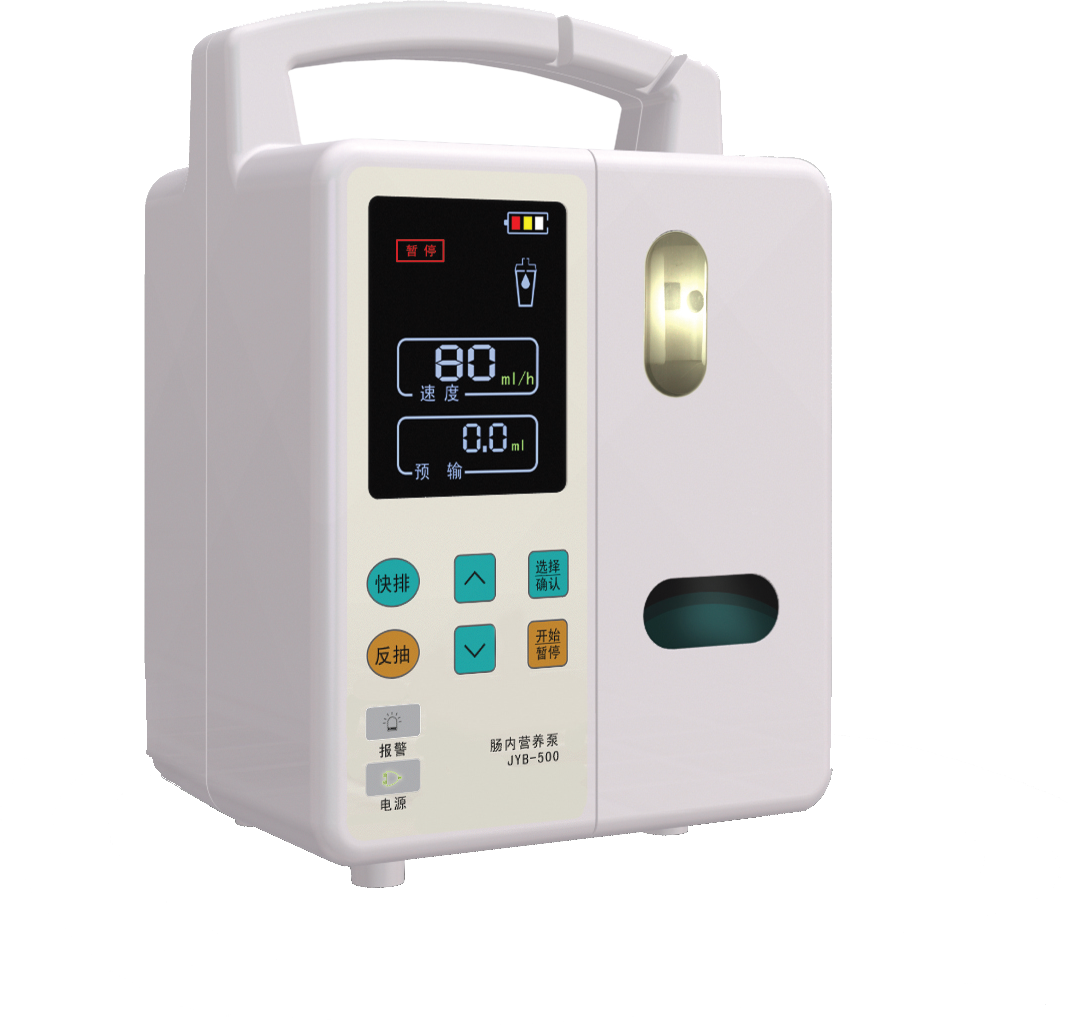
Feeding Pump
Feeding pumps are an essential tool for delivering medications, antibiotics, and hydration to patients who need it. In this article, we'll explore the basics of feeding pumps and how they help keep patients safe and healthy. We'll also discuss the advantages that come with using a feeding pump, as well as some potential drawbacks. So if you're interested in learning more about feeding pumps and how they work, read on!
Technical Specification:
A feeding pump is a specialized medical device that is used to deliver nutrition directly to the stomach or small intestine. Feeding pumps are most commonly used for people who cannot eat by mouth, have difficulty swallowing, or require a very controlled diet. Feeding pumps can be used to deliver a variety of liquids and semi-solid foods, as well as some medications. They are usually portable and can be worn under clothing. Some types of feeding pumps can be implanted under the skin. Feeding pumps are often prescribed by doctors or dietitians as part of an overall treatment plan for conditions such as: Cancer Crohn's disease Cystic fibrosis Heart failure Kidney failure Parkinson's disease
Feeding pumps are most commonly used for infants and young children who cannot eat by mouth. They may also be used for older children and adults who have difficulty eating or swallowing. Pumps can be used to deliver milk, formula, or other liquids directly into the stomach through a small tube (catheter) that is inserted through the nose or mouth. Pumps are often used when a child is born prematurely or has certain medical conditions that make it difficult to eat by mouth. Pumps may also be used after surgery, if a child is unable to take food or liquids by mouth, or if a child is at risk for dehydration. Pumps are usually portable and can be operated with one hand, so they can be used anywhere – at home, at daycare, or on the go.
Parenteral nutrition (PN) is a way of getting nutrients through a vein. This can be done either with intravenous fluids or with special feeding solutions that contain all the necessary nutrients. A feeding pump is a device that helps deliver these solutions into the bloodstream in a controlled and safe manner. There are different types of feeding pumps available, each with its own advantages and disadvantages. The most common type is the gravity-fed pump, which uses gravity to draw the solution from a container and deliver it into the vein. This type of pump is simple to use and relatively inexpensive, but it can be slow and impractical for larger volumes of solution. Another common type of feeding pump is the electric pump, which delivers solutions at a more consistent rate than a gravity-fed pump. Electric pumps are more expensive than gravity-fed pumps, but they are faster and more precise. Some electric pumps can also be programmed to deliver specific amounts of solution over time, which can be helpful for people who need to receive very large volumes of solution or who need to have their solution delivered at specific intervals.
If you are considering using a feeding pump, it is important to understand how they work and if they are the right fit for your lifestyle. Here are some questions to ask yourself to help make that decision: Do I need to be able to eat and drink normally? No, you do not need to be able to eat and drink normally to use a feeding pump. In fact, many people who use feeding pumps cannot eat or drink due to medical conditions. Can I manage the pump on my own? Yes, you can manage the pump on your own. However, it is important to have someone else available who knows how to operate the pump in case of an emergency. Do I need a prescription from my doctor? Yes, you will need a prescription from your doctor in order to get a feeding pump. Your doctor will be able to determine if a feeding pump is right for you based on your medical needs.
Yes, you can use a feeding pump with medications or antibiotics. However, there are some things to keep in mind when doing so. First, make sure that the medication or antibiotic is compatible with thefeeding pump. Second, be sure to follow the instructions on the label of the medication or antibiotic. Third, consult with your healthcare provider before using a feeding pump with medications or antibiotics.
It is important to clean your feeding pump regularly to prevent the build-up of bacteria and other contaminants. Here are some tips on how to clean your feeding pump:
1. Wash the exterior of the pump with warm, soapy water.
2. Disassemble all of the parts that come into contact with food or liquids (such as the tubing, reservoir, and valve).
3. Clean all of the parts with warm, soapy water. You can also use a mild bleach solution (1 teaspoon of bleach per 1 cup of water) to disinfect the parts.
4. Rinse all of the parts thoroughly with clean water and allow them to air dry.
5. Reassemble the pump and make sure all of the parts are securely fastened.